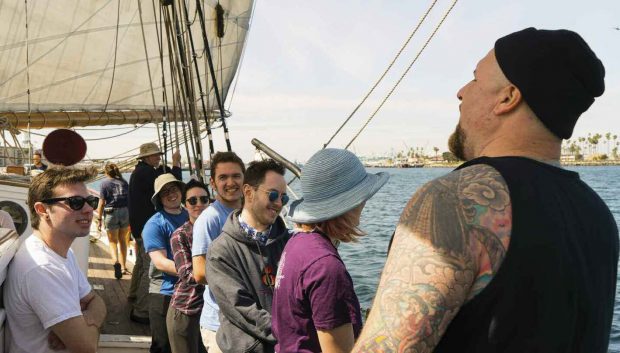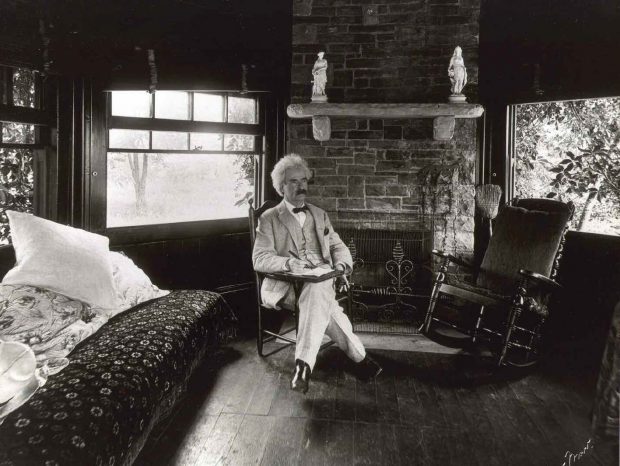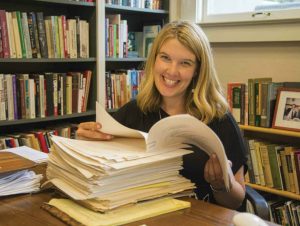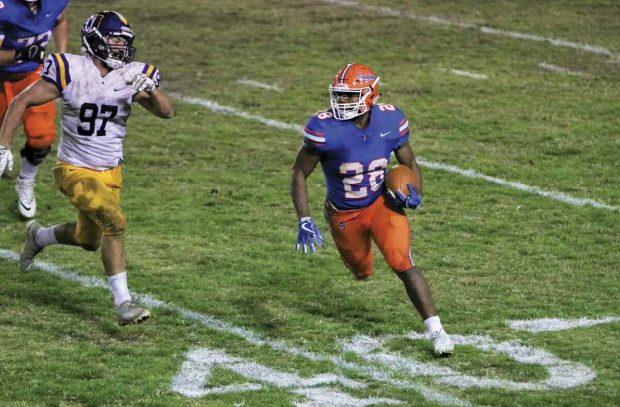
Birir sets the all-time Sagehen career rushing record in the 2017 season opener.
AS AN ATHLETE, Aseal Birir ’18 has made his mark as the leading running back in Pomona-Pitzer history. At the same time, as a senior chemistry major working on his last research project, he is also leaving his mark in the laboratory.
On the athletic side, Birir was named Rookie of the Year in the Southern California Intercollegiate Athletic Conference (SCIAC) during his first year of college. Since then, he has validated that award by going on to claim team records both for career rushing and for single-game rushing.
He became the football program’s all-time leading rusher during the team’s home opener this fall against Lewis & Clark, surpassing the previous record of 3,004 yards set by Luke Sweeney ’13 and becoming only the second Sagehen ever to eclipse the 3,000-rushing-yards mark.
“The all-time rushing record was a satisfying record to break,” says Birir. “I think it is a great reflection of what our whole team has accomplished over the past four years. Football truly is a team sport, and I have received a lot of help from teammates along the way to get to the record.”
Then, for good measure, on Oct. 7, Birir also set the record for most rushing yards in a single game, with 275 yards against Cal Lutheran. His achievement was recognized by the conference, which named him SCIAC’s Athlete of the Week.
“The single-game record is somewhat bittersweet for me,” says Birir. “I am very proud of my individual effort, but it stings to know that I broke the record in a game that we lost in the last minute. However, it will probably be the game that I remember the most 10 years from now when I reflect back on my football career at Pomona.”
Voted captain by his peers as a junior, Birir also serves as captain during his senior season.
“Aseal’s athletic abilities and his leadership on and off the field have been instrumental in the improvement of our entire football program,” says Sagehen Head Football Coach John Walsh, who recruited him in 2013.

Birir works in the biochemistry lab on a medical research project with Professor Charles Taylor.
On the academic side, under the guidance of Chemistry Professor Chuck Taylor, Birir, who hopes to become a doctor in the future, is focusing his research on reducing the risk of bacterial infections in hospitalized patients. The goal is to understand the types of volatile organic compounds (VOCs) released by bacteria that are known infectious agents for many hospital-acquired infections. Working with Soleil Worthy ’18 in an ongoing project led by Professor Taylor, Birir aims to use the VOCs as biomarkers in a breath test, offering a quicker way to test patients for infectious disease.
Birir’s scientific journey started early at Pomona after his senior year at Tamalpais High School in Mill Valley, Calif. As an incoming first-year student, he participated in the summer High Achieving Program (HAP) for minority students interested in pursuing a career in the STEM fields.
The HAP experience in Professor EJ Crane’s biochemistry lab provided him with an eye-opening introduction to scientific research. It also laid the foundation for the academic support that would be key to balance his rigorous curriculum and a full athletic schedule with the Sagehen football team.
Professor Taylor points to Birir’s perseverance in the lab and on the field.
“When experiments don’t go as planned, extra work is needed reviewing the data and conditions to determine why the experiment didn’t work out as expected,” says Taylor who has worked with Birir since he entered Pomona. “Some students would throw up their hands and say ‘I’m done,’ but Aseal would come back and we’d work through the problem together.”
“You can’t teach a person to have this kind of drive, but by getting to know them, you may be able to learn what gets them excited and tap into that,” adds Taylor. “Ultimately, the drive comes from within and is a combination of intellectual curiosity and willingness to learn from one’s mistakes. This is probably the trait that makes Aseal a great football player and what will make him an excellent physician.”
On top of his athletic and academic commitments, the Novato, Calif., native finds time to mentor young men at a local high school. On Fridays, he volunteers for the program Young Men’s Circle at Pomona High School through the Pomona College student group BLOC (Building Leaders On Campus). The program involves college volunteers meeting with high school students and encouraging them to pursue their goals through either workshops or conversation.
“We try to use what we have learned about our own paths to college to help these students purse whatever goals they have—may that be college or something else,” says Birir. “Young Men’s Circle works to bridge that opportunity gap by providing the kids access to volunteers who were in similar situations to theirs not too long ago.”
Another factor in Birir’s success is the ability to forge relationships with his mentors. Two high school coaches greatly influenced him to pursue a college football career and to follow his dream of becoming a doctor. Coach Mark Ridley put him in contact with college coaches, while Mick O’Mera was his coach and his AP chemistry teacher—and one of the reasons why Birir is a chemistry major today.
“Without him [Ridley], I probably would not have even realized that I could play football in college or even how to go about pursuing it,” says Birir. “He still keeps in contact with me and is planning on coming to Claremont this year to see me play.”
What does Birir want to accomplish in his final year as a Sagehen?
“I guarantee if you ask Aseal what is more important—his personal record or for the team to win games—he will always want team success,” says Walsh.
“Win SCIAC and beat CMS [Claremont-Mudd-Scripps],” Birir responded.
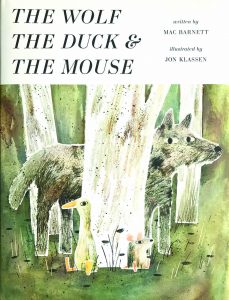 The Wolf, the Duck, and the Mouse
The Wolf, the Duck, and the Mouse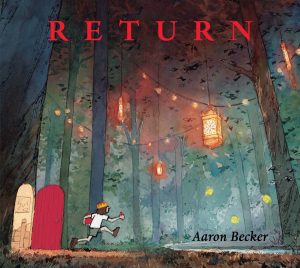 Return
Return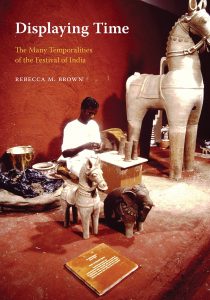 Displaying Time: The Many Temporalities of the Festival of India
Displaying Time: The Many Temporalities of the Festival of India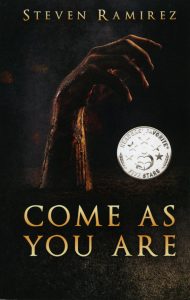 Come As You Are
Come As You Are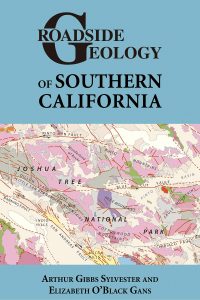 Roadside Geology of Southern California
Roadside Geology of Southern California The Silly Parade and Other Topsy-Turvy Poems
The Silly Parade and Other Topsy-Turvy Poems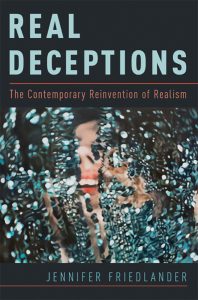 Real Deceptions: The Contemporary Reinvention of Realism
Real Deceptions: The Contemporary Reinvention of Realism Money Machine: The Surprisingly Simple Power of Value Investing
Money Machine: The Surprisingly Simple Power of Value Investing
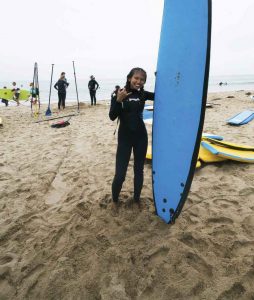 Camille Molas ’21 begins her first year at Pomona College in uniquely Southern California fashion, with surfing lessons at Mondo’s Beach in Ventura. Again this year, as part of New Student Orientation, the Orientation Adventure program, usually known simply as “OA,” offered a list of 11 outdoor opportunities across California, ranging from hiking to surfing, rock climbing to volunteerism. “What I’m really excited about,” Molas says, “is continuing to build the relationships we made at OA. You know, it’s really different having your first moments together out here on the beach or out here camping. If we can be there for each other out in the outdoors, we can be there for each other when school comes around.”
Camille Molas ’21 begins her first year at Pomona College in uniquely Southern California fashion, with surfing lessons at Mondo’s Beach in Ventura. Again this year, as part of New Student Orientation, the Orientation Adventure program, usually known simply as “OA,” offered a list of 11 outdoor opportunities across California, ranging from hiking to surfing, rock climbing to volunteerism. “What I’m really excited about,” Molas says, “is continuing to build the relationships we made at OA. You know, it’s really different having your first moments together out here on the beach or out here camping. If we can be there for each other out in the outdoors, we can be there for each other when school comes around.”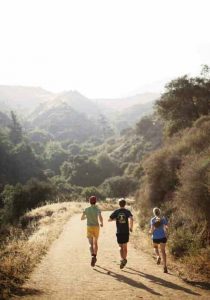 Pomona College is expanding the Claremont Hills Wilderness Park with a gift of 463 acres to the city of Claremont. The land, including Evey Canyon and three Padua Hills parcels, is to be preserved in its undeveloped state and remain available to the members of the public for hiking, biking, horseback riding and other passive recreational uses. With the new addition, the size of the park will increase to nearly 2,500 acres.
Pomona College is expanding the Claremont Hills Wilderness Park with a gift of 463 acres to the city of Claremont. The land, including Evey Canyon and three Padua Hills parcels, is to be preserved in its undeveloped state and remain available to the members of the public for hiking, biking, horseback riding and other passive recreational uses. With the new addition, the size of the park will increase to nearly 2,500 acres.

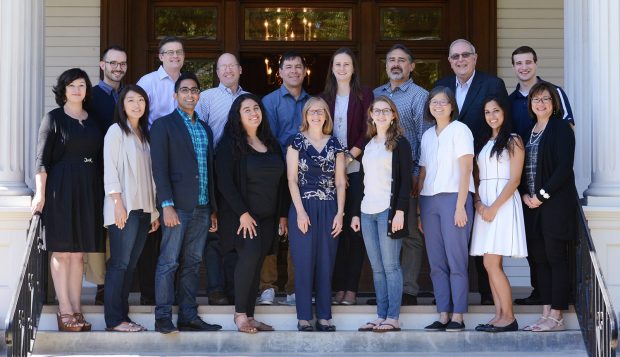
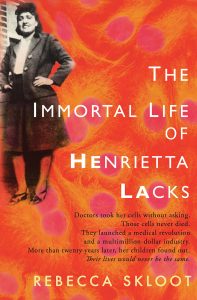 GRAB A BLANKET (or, if you’re in Claremont, maybe a fan) and cozy up with The Immortal Life of Henrietta Lacks by Rebecca Skloot, the Pomona College Book Club selection for fall. This New York Times bestseller was adapted earlier in the year into an Emmy-nominated HBO television film, directed by Tony Award–winning playwright and director George C. Wolfe ’76. In a September 2017 interview for the website
GRAB A BLANKET (or, if you’re in Claremont, maybe a fan) and cozy up with The Immortal Life of Henrietta Lacks by Rebecca Skloot, the Pomona College Book Club selection for fall. This New York Times bestseller was adapted earlier in the year into an Emmy-nominated HBO television film, directed by Tony Award–winning playwright and director George C. Wolfe ’76. In a September 2017 interview for the website 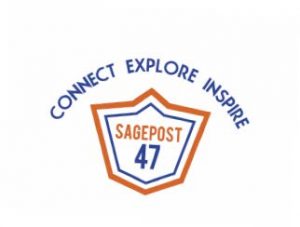 DO YOU REMEMBER feeling unsure about your path after Pomona? Are you interested in ways that you can give back to the student community? Sagepost 47 is Pomona’s alumni-student mentorship program, founded by a team of students and alumni in 2014. The program connects alumni mentors with students, provides support for career and graduate school exploration and allows students to participate in mock interviews in a variety of fields. Visit
DO YOU REMEMBER feeling unsure about your path after Pomona? Are you interested in ways that you can give back to the student community? Sagepost 47 is Pomona’s alumni-student mentorship program, founded by a team of students and alumni in 2014. The program connects alumni mentors with students, provides support for career and graduate school exploration and allows students to participate in mock interviews in a variety of fields. Visit 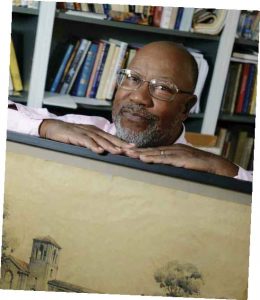 LORN FOSTER, Pomona’s Charles and Henrietta Johnson Detoy Professor of American Government and Professor of Politics, has announced his retirement at the end of this academic year—his 40th at the College. A special fund supporting student internships and Pomona’s golf program has been established in his honor. Foster fans who wish to honor his legacy with a gift should visit pomona.edu/give and select the “Lorn S. and Gloria F. Foster Fund” from the gift designation menu. To hear about events celebrating Professor Foster, make sure
LORN FOSTER, Pomona’s Charles and Henrietta Johnson Detoy Professor of American Government and Professor of Politics, has announced his retirement at the end of this academic year—his 40th at the College. A special fund supporting student internships and Pomona’s golf program has been established in his honor. Foster fans who wish to honor his legacy with a gift should visit pomona.edu/give and select the “Lorn S. and Gloria F. Foster Fund” from the gift designation menu. To hear about events celebrating Professor Foster, make sure 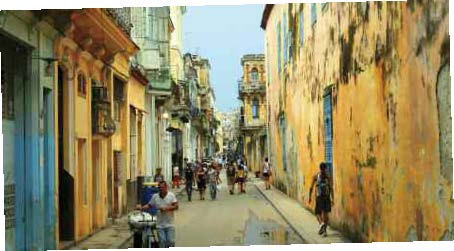
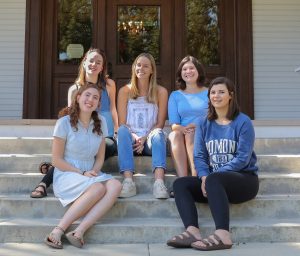
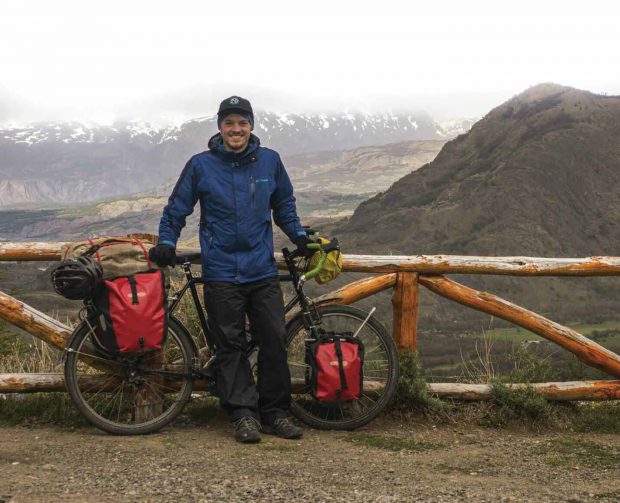
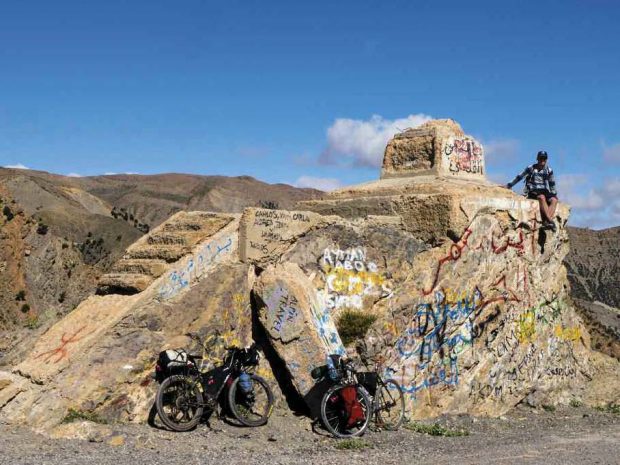
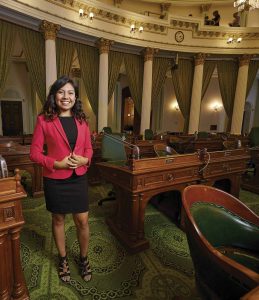 Marisol Diaz ’18
Marisol Diaz ’18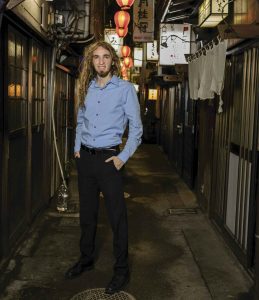 Jacob Feord ’18
Jacob Feord ’18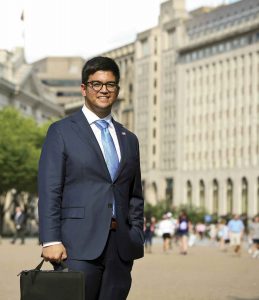 Pablo Ordoñez ’18
Pablo Ordoñez ’18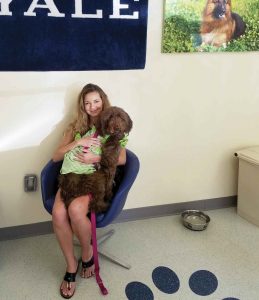 Carly Grimes ’18
Carly Grimes ’18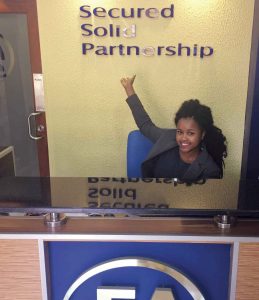 Sylvia Gitonga ’20
Sylvia Gitonga ’20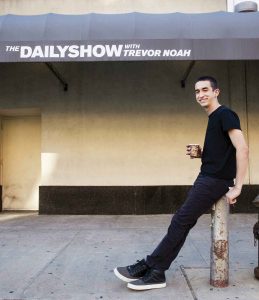 Samuel Kelly ’18
Samuel Kelly ’18